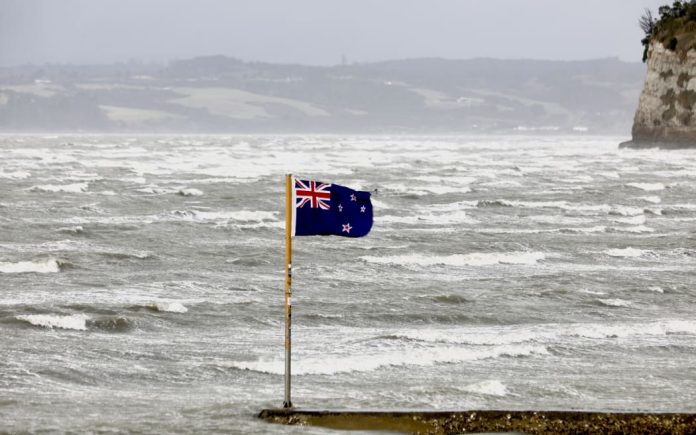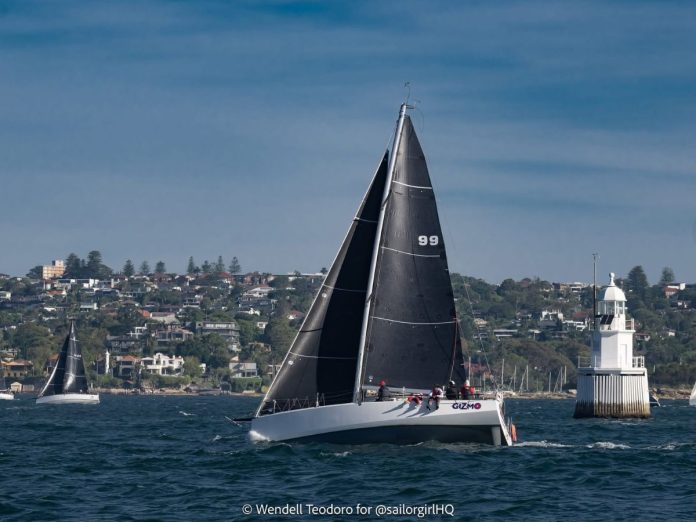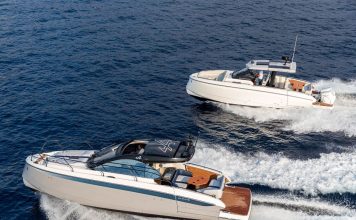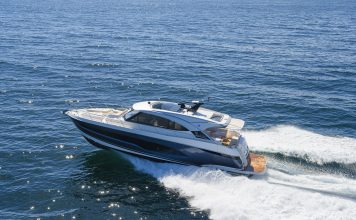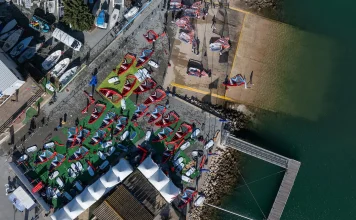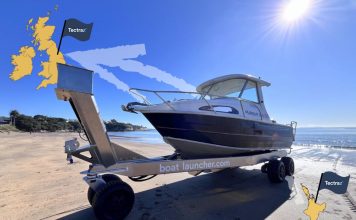Recent reports from the Ministry of Primary Industries have highlighted a significant threat to our pristine freshwater systems: the invasive Corbicula clam, commonly known as the Asian clam. This unwelcome invader has been spotted in critical areas including the Waikato River, Lake Taupō, and the Wairarapa Lakes. These locations are vital to both our natural ecosystems and recreational activities, making the threat of Corbicula particularly concerning. Boaters play a crucial role in preventing the spread of these clams and safeguarding our waterways.
The Menace of Corbicula
The Corbicula clam, native to Asia, poses a substantial threat to New Zealand’s freshwater environments. These clams reproduce rapidly, outcompete native species, and can clog water systems, affecting everything from local wildlife to human infrastructure. Effective prevention measures are essential to mitigate their spread.
Hotspots of Concern
- Waikato River: This major river system is a crucial ecological and recreational resource. Recent sightings of Corbicula in certain stretches of the Waikato River, particularly in controlled areas, have led to stringent requirements for any boats and equipment that have been in these zones.
- Lake Taupō: As New Zealand’s largest lake, Taupō supports a diverse range of wildlife and is a popular spot for water sports and fishing. The presence of Corbicula in Lake Taupō could disrupt its delicate ecological balance.
- Wairarapa Lakes: Lakes such as Lake Wairarapa and Lake Onoke are also at risk. These freshwater bodies are vital habitats that could be severely impacted if Corbicula spreads.

Essential Steps for Boat Owners
To combat the spread of Corbicula, boaters must adhere to rigorous cleaning and inspection protocols. Here’s a comprehensive guide on what to do before and after using your boat:
Before You Launch
- Clean Thoroughly: Use a high-pressure water source to remove all mud, sand, and organic material from your boat, trailer, and any equipment that will come into contact with the water. This includes live bait containers, fishing gear, and other items exposed to water.
- Dry Completely: Ensure all equipment is completely dry before moving it to another water body. Corbicula eggs and larvae can survive in damp conditions, making thorough drying essential.
- Inspect Carefully: Examine your boat and equipment for any signs of clams or organic material, focusing on areas where water might collect, such as the hull, trailer, and storage compartments.
For Gear Made of Absorbent Materials
Many boating items, such as certain types of fishing nets, ropes, and fabric-based equipment, are made from materials that absorb water and can retain Corbicula eggs or larvae. Here’s how to treat these items:
- High-Temperature Treatment: For items that can withstand heat, such as certain types of ropes and nets, a high-temperature treatment can be effective. Soak these items in hot water (at least 60°C or 140°F) for 20 minutes. This temperature is sufficient to kill any clams or their eggs.
- Chemical Treatments: Use approved disinfectants to treat absorbent materials. Solutions containing 10% bleach can be effective, but ensure you follow the manufacturer’s instructions and allow sufficient contact time to ensure efficacy. Rinse thoroughly with clean water after treatment.
- Drying: After treating absorbent materials, ensure they are thoroughly dried. This can be done by laying them out in a sunny area or using a drying device. Complete drying is crucial as it helps to kill off any remaining clams or eggs.
Special Requirements for Affected Areas
- Waikato River: For boats and equipment that have been in the controlled stretches of the Waikato River, it is mandatory to avoid using them in any other waterways, including parts of the river outside the controlled area. Recreational river users must strictly adhere to the Check-Clean-Dry protocols for all crafts, gear (such as fishing equipment), and equipment (including water skis, wakeboards, and inflatable pool toys).
While On the Water
- Be Observant: Keep an eye out for any signs of Corbicula in the water, such as clusters of small clams or their shells. Early detection is key to preventing further spread.
After Your Outing
- Re-clean: Clean your boat and equipment again before transporting them to a new location. This additional step ensures that no clams or eggs are left behind.
- Dispose Properly: Follow local guidelines for disposing of any clams or debris you find. Do not leave them near the water or on the shore where they could re-enter the ecosystem.
- Report Sightings: If you encounter Corbicula, report it immediately to the Ministry for Primary Industries (MPI). Prompt reporting allows authorities to address the issue effectively.
Why Your Actions Matter
Preventing the spread of Corbicula is crucial for preserving New Zealand’s freshwater environments. By following these cleaning, drying, and treatment protocols, including specific measures for affected areas like the Waikato River, you contribute significantly to protecting our lakes and rivers.
As we work together to tackle this challenge, remember that your vigilance and proactive measures play a vital role in maintaining the health of our waterways. Stay informed, stay diligent, and help ensure that New Zealand’s waters remain clean and free from invasive species like Corbicula.











